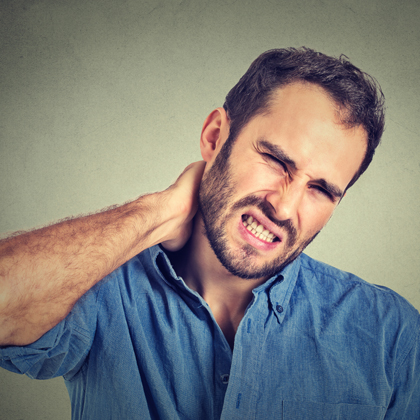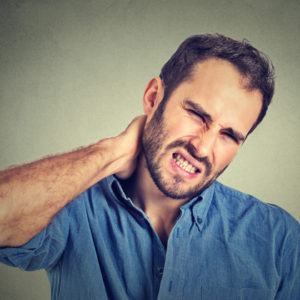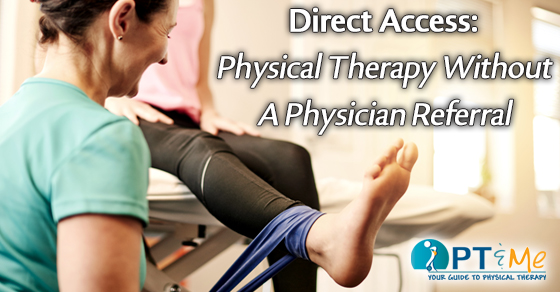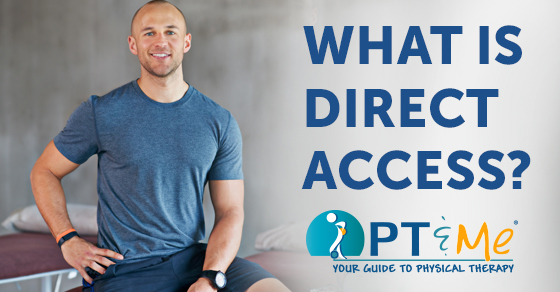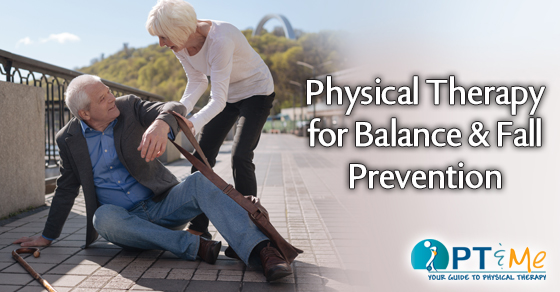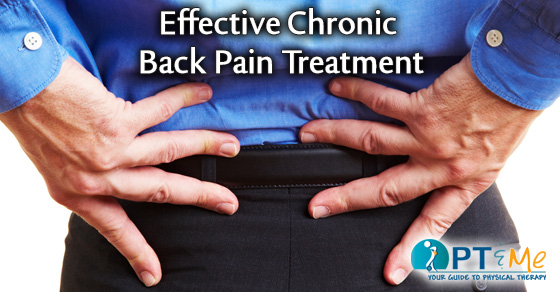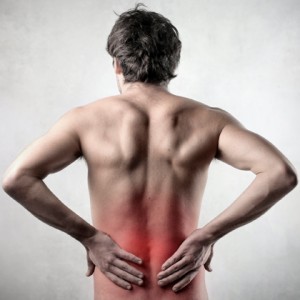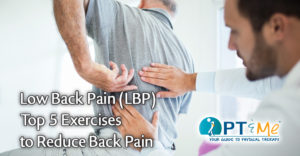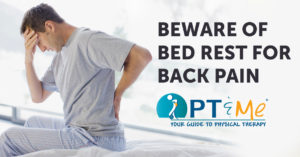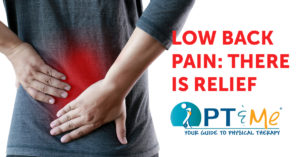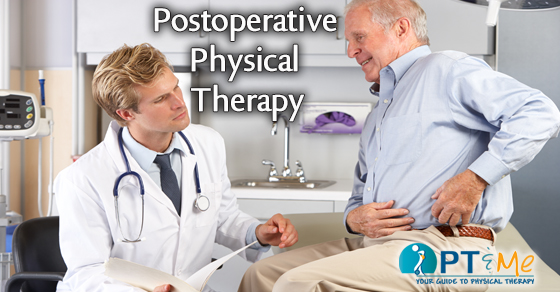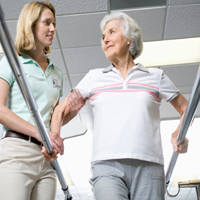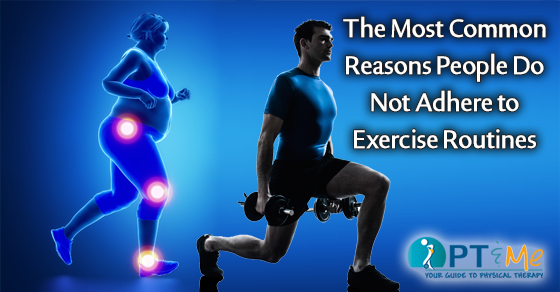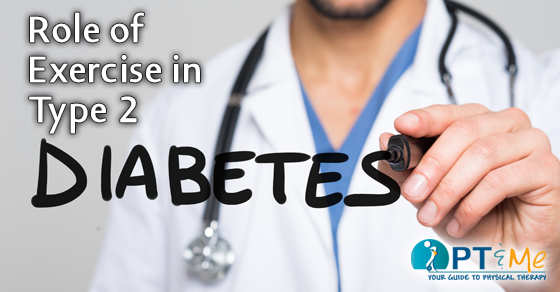
Lifestyle changes play an important role in managing type 2 diabetes. Activity decreases blood glucose and regular exercise helps by improving the way your body uses glucose.It can also reduce the risk of diabetes complications like heart disease.
How it Works
Glucose is a type of sugar that is used for energy. It is present in the blood and stored in the muscle and liver. A hormone called insulin helps most of the glucose move from the blood into cells. For those with type 2 diabetes, the body is resistant to insulin and over time the body has trouble making insulin at all. As a result, glucose has trouble getting to the cells, the body doesn’t get enough energy, and glucose builds up in the blood.
During exercise your working muscles have a greater need for energy and therefore glucose. As a result, glucose can enter the muscles and cells with far less insulin. This leads to a drop in blood glucose levels during exercise and for a few hours after while the muscles recover. This causes an immediate though temporary decrease in blood glucose.
Over time, regular activity can make the body less insulin resistant during activity or rest. This can lead to more long term benefits and may lead to a decrease in the need for medication.
In addition to helping control diabetes, exercise can also improve your overall health by decreasing weight, the risk of cardiovascular disease, and blood vessel damage.

Exercise Recommendations
It is important that you talk to a doctor before starting an exercise program. You and your doctor can work together to choose an exercise program that is right for you.
For greatest benefits, you will need to do both aerobic exercises and strength training. Aerobic exercises include things like walking, bicycling, and swimming. Strength training exercises and classes use things like weight machines, free weights, and resistance bands. Adults should aim for:
- At least 150 minutes per week of moderate-to-vigorous intensity aerobic exercise
- 2-3 days of strength training per week
- Try not to go more than 2 days without some type of activity
Look for opportunities during the day to add to your overall activity level. Take the stairs instead of the elevator, take a short walk during the day, or walk instead of taking the car. Even 10 minutes of activity can provide some immediate benefits.
Safety Steps
Certain diabetes medication can lead to a dip in blood glucose called hypoglycemia. Talk to your doctor to understand if this may be a problem for you. Be aware of signs of hypoglycemia during exercise such as dizziness, shaking, or confusion. If you have these symptoms, stop exercising and manage hypoglycemia. Let your doctor know about any episodes, since your medication may need to be adjusted.
Diabetes can also affect the nerves and blood flow to the feet. Inspect your feet frequently, since diabetes can sometimes lessen your ability to feel pain from a foot injury.
Keep in mind that exercise is only one piece of an overall diabetes management plan. You will also need to control your blood glucose levels with good nutrition.
by Cynthia M. Johnson, MA
RESOURCES:
American Diabetes Association
http://www.diabetes.org
Centers for Disease Control and Prevention
http://www.cdc.gov
CANADIAN RESOURCES:
Health Canada
http://www.hc-sc.gc.ca
Public Health Agency of Canada
http://www.phac-aspc.gc.ca
REFERENCES:
Physical activity for type 2 diabetes. EBSCO DynaMed Plus website. Available at: https://www.dynamed.com/topics/dmp~AN~T270048/Physical-activity-for-type-2-diabetes. Accessed February 20, 2017.
Physical activity is important. American Diabetes Association website. Available at: http://www.diabetes.org/food-and-fitness/fitness/physical-activity-is-important.html. Updated December 27, 2016. Accessed February 20, 2017.
What we recommend. American Diabetes Association website. Available at: http://www.diabetes.org/food-and-fitness/fitness/types-of-activity/what-we-recommend.html. Updated May 19, 2015. Accessed February 20, 2017.
How to Manage Your Type 2 Diabetes with Diet. Available at: https://www.jenreviews.com/diabetes/ Accessed November 2018
Last reviewed December 2017 by EBSCO Medical Review Board Michael Woods, MD, FAAP Last Updated: 12/22/2017
EBSCO Information Services is fully accredited by URAC. URAC is an independent, nonprofit health care accrediting organization dedicated to promoting health care quality through accreditation, certification and commendation.







